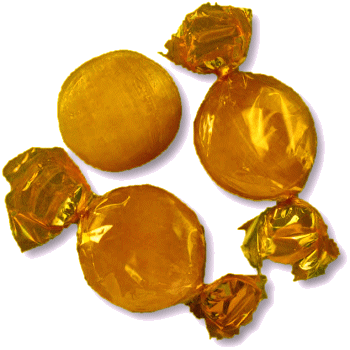
The Curlers, curling match at Eglinton Castle, Ayrshire, Scotland in 1860
Curling is Cool Day
Feb 23
Other Scottish Country Dances for this Day
Today's Musings, History & Folklore
"Curling is sweeping the nation!"
A sport popular with both women and men, Scotland had four women's curling clubs in the roster of the Royal Caledonian Curling Club by the end of the 19th century though they did not, at first, compete against the men's clubs. Within the men's clubs who accepted women, Lady Members were classified as "Occasional," "Regular," and "Extraordinary." Today, the Canadian Women's Team currently holds the most championship titles and a Mixed Doubles Championship was started in 2008.
Curling Lassies
In the sport of curling (also known as "chess on ice" for the strategy and teamwork necessary) players slide stones on a sheet of ice towards a target area called "the house" which is segmented into four concentric circles. This game is related to bowls, boules and shuffleboard.
Each team has eight stones. The purpose is to accumulate the highest score for a game; points are scored for the stones resting closest to the centre of the house at the conclusion of each end, which is completed when both teams have thrown all of their stones. A game usually consists of eight or ten ends.
The curler can induce a curved path by causing the stone to slowly turn as it slides, and the path of the rock is influenced by two sweepers with brooms who accompany it as it slides down the sheet, using the brooms to alter the state of the ice in front of the stone.
Popular with both women and men, Scotland had four women's curling clubs in the roster of the Royal Caledonian Curling Club by the end of the 19th century though they did not, at first, compete against the men's clubs. Within the men's clubs who accepted women, Lady Members were classified as "Occasional," "Regular," and "Extraordinary."
Writing in the 1898-99 Annual of the Royal Caledonian Curling Club, an anonymous author notes, "... there is no doubt the national game has recently made great strides in popularity. The ladies have taken it up, and there are now several ladies' clubs, while a good many clubs admit ladies to membership. The weight of the curling stones for ladies' clubs varies from 25 to 33 lbs."
Though they faced the usual opposition from men's clubs and general Victorian concerns about women's health from participation in physical hobbies and sports, their early participation paved the way for today's championship teams, since the inception of the World Curling Championships for women in 1979, and the mixed doubles in 2008.
For more on history of women in the sport, click the vintage photo from the magazine Hearth and Home, March 14, 1895, showing one of the pioneer's of women's curling, Henrietta Gilmour, second from right, the team's captain or "skip."
Click the dance cribs or description below to link to a printable version of the dance!







